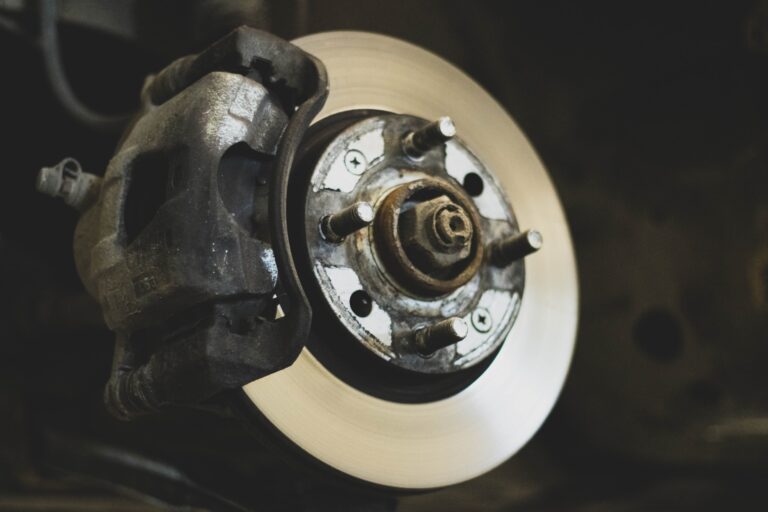Your Brake Repair and Maintenance Specialists

Brakes and Rotors Explained

1. Brake Pads
Brake pads are friction materials that press against the brake rotors when you apply the brakes. They are typically made of materials like ceramic, organic compounds, or metallic compounds. When you press the brake pedal, hydraulic pressure is applied to the brake calipers, causing the brake pads to clamp onto the spinning rotors. This friction generates the necessary force to slow down or stop the vehicle.
2. Brake Calipers
3. Brake Rotors (Brake Discs)
4. Functions of Brake Rotors
Get Your Brakes Checked by Mel Auto Care Geelong
It’s important to have your vehicle’s brakes regularly inspected and maintained by a qualified technicians. Properly functioning high-quality brakes are essential for your safety and the safety of others on the road. Regular maintenance can extend the lifespan of your brake components and ensure that your vehicle’s braking system operates effectively.



